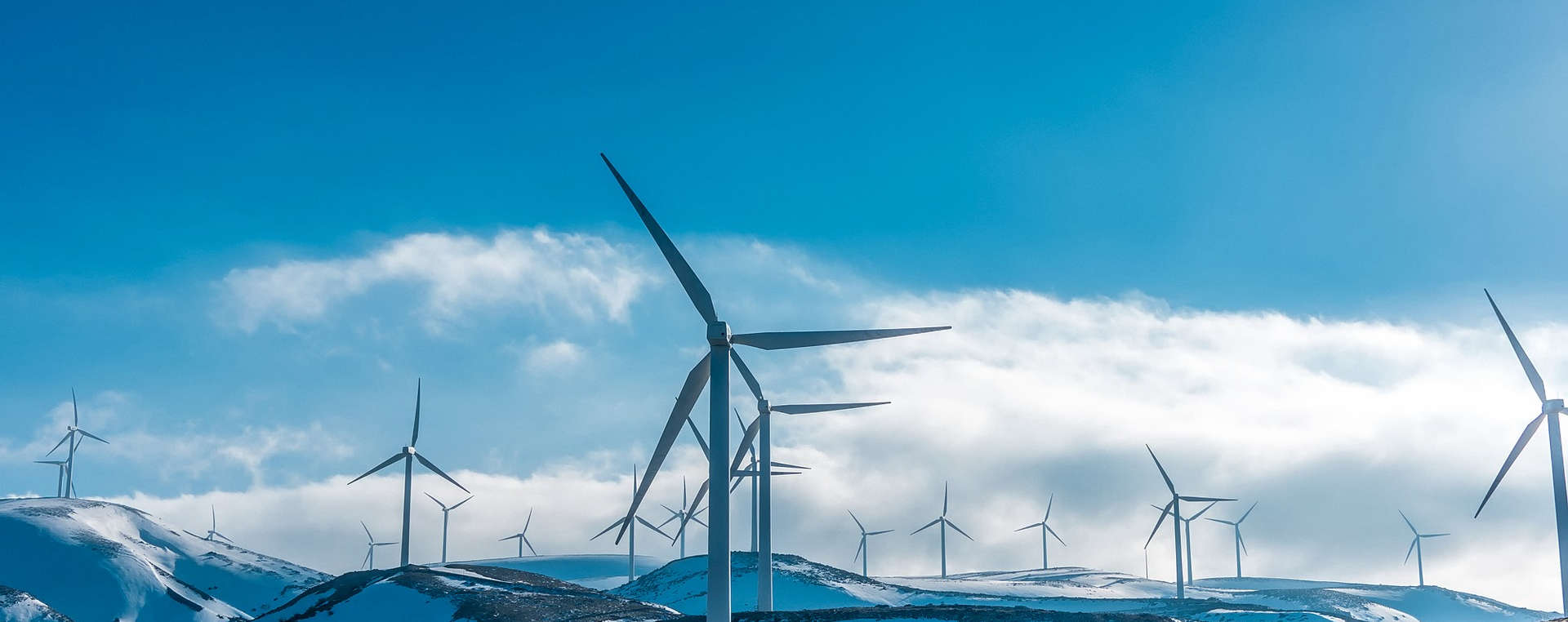
Ice build-up on wind turbines
Innovative methods help to identify and assess unplanned generation outages for wind turbines.
Integrating wind power plants into our power grid
There are currently 1,300 wind turbines in use across Austria. This number is set to rise further still as the massive expansion in renewable energy continues. To successfully integrate future wind power plants into the Austrian power grid, generation forecasts will need to be produced for each individual turbine.
The challenges of wind turbines in nature
Wind turbines are exposed to a wide range of environmental influences. In winter, for example, icy rotor blades can lead to malfunctions and damage to the entire system. The layers of ice on the blades of the wind turbine change the aerodynamic properties. This jeopardises the statics of the wind turbines and can cause damage to rotors and generators. However, ice throw (ice fragments falling from the rotor blades) poses a far greater danger. For this reason, a warning system switches off the wind turbine immediately if ice is detected.
If a large number of wind turbines fail due to large-scale icing, this in turn leads to enormous, unplanned energy flows in the electricity grid. Due to the risk of icing and the associated downtime of the wind turbines, large amounts of energy that had already been planned are suddenly no longer available. This then poses a serious problem for security of supply. These missing energy quantities must be procured by APG within a short period of time in order to restore the balance between generation and consumption. With the increasing expansion of wind power in Austria, this problem of maintaining grid stability is becoming ever greater. However, it is not only the icing of the rotor blades that can lead to power deficits. Both grid and market-driven situations can trigger reductions in generation.
From ice formation to supply security
Technical measures such as forecasting models or the use of sensor technology are essential to prevent system downtime and to better compensate for the associated loss of energy production. These mean that, for example, ice-related downtimes can be taken into account and compensated for in advance.
This project makes an enormous contribution to ensuring security of supply in the future.



Downloads
Contact person

Christoph Karner
Project lead
Alexander Kaiser
Project lead

